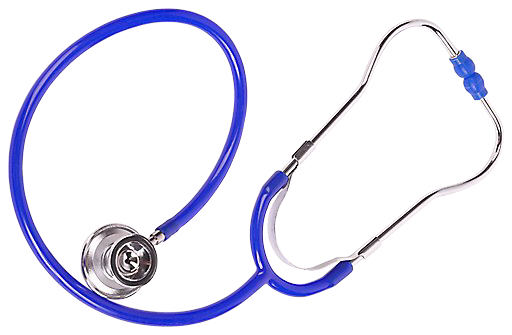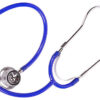Respiratory failure leads to respiratory distress, which leads to panic for both the patient and the clinical staff. You only have minutes to act, and failure to act can lead to poor patient outcomes. Learn the must-have skills to confidently respond to your deteriorating patients.
Have you ever been at a loss to explain your patient’s respiratory symptoms and what they mean? Are they typical of the patient’s chronic condition, or a sign of a new, acute stage or problem? Why is your patient’s diagnosis not supported by presenting symptoms or lab results? Could these be red flags of a rapidly deteriorating condition that needs your ability to intervene – and quickly?
Having a deeper understanding of the cardio-pulmonary relationship can lead to more appropriate and timely treatments, which ultimately will drive better patient outcomes. Knowing whether respiratory failure is the result of an oxygen problem or a carbon dioxide problem is a critical piece. This intense training course will provide new clinical insights and critical thinking skills, so you won’t need to feel uncertain, scared, or at risk anymore. You will leave with a clear algorithm for assessment, a means to dissect ventilation/perfusion inequalities, and a thorough knowledge of the best treatment modalities.



